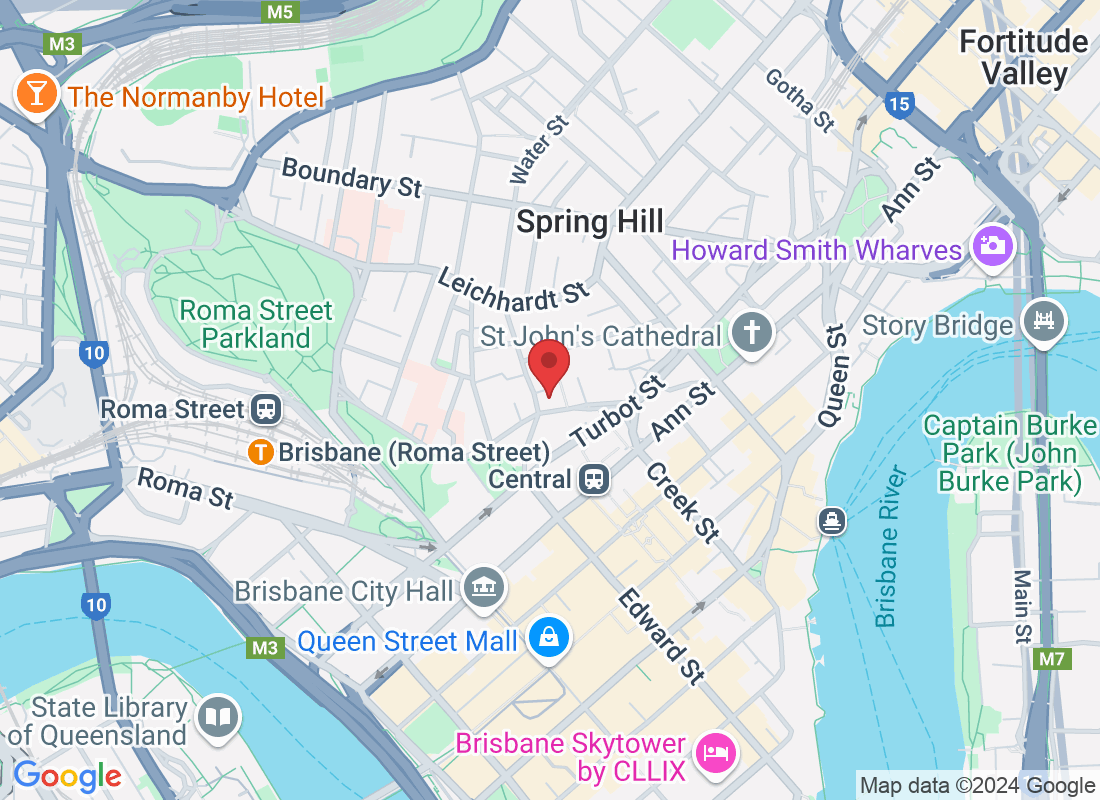
What Is Shockwave Therapy – And Does It Actually Work?
If you’ve been dealing with ongoing pain—maybe in your shoulder, heel, or elbow—you’ve probably tried rest, ice, stretching, or even painkillers. But what happens when nothing seems to make a lasting difference? That’s where shockwave therapy might come in.
You may have heard the name thrown around at your physio clinic or seen it pop up in your search for solutions. But what exactly is it? And more importantly—does it actually work?
Let’s break it down in simple terms.
So, What Is Shockwave Therapy?
Shockwave therapy (also called Extracorporeal Shockwave Therapy or ESWT) is a non-invasive treatment that uses high-energy sound waves to help your body heal itself. These sound waves are targeted at the painful or injured area—often where a tendon or muscle is struggling to heal properly.
It’s not electrical shocks, and it’s not surgery. Think of it like a deep tissue nudge from the inside out.
Here’s how it works:
The sound waves create tiny, controlled “microtraumas” in the tissue.
This wakes up your body’s natural healing response.
It boosts blood flow, breaks down scar tissue, and helps restart the repair process.
It’s like giving your body a little reminder: “Hey, don’t forget to heal this spot!”
What Can It Help With?
Shockwave therapy is especially helpful for chronic injuries—the ones that don’t get better with rest alone. These are often injuries where the healing process has stalled or become stuck.
Common conditions we treat with shockwave therapy include:
Plantar fasciitis (heel pain)
Tennis elbow and golfer’s elbow
Achilles tendinopathy
Rotator cuff issues (shoulder pain)
Patellar tendinopathy (jumper’s knee)
Hip or gluteal tendinopathy
Basically, if it hurts when you move and it’s been hanging around for weeks or months, this therapy might be worth exploring.
Does It Actually Work?
Here’s the good news: for many people, yes—it works really well.
Studies and clinical experience show that shockwave therapy can:
Reduce pain
Improve mobility
Speed up tissue repair
Lower the chance of needing surgery
It’s not instant magic. Most people need a course of treatments—usually 3 to 6 sessions, spaced out weekly or fortnightly. But it can make a real difference, especially when combined with other physio treatments like hands-on therapy and exercise rehab.
One of the best parts? There’s no downtime. You can walk in, get your treatment, and head home—no surgery, no stitches, no time off work.
What Does It Feel Like?
Most people describe it as a bit uncomfortable, but not unbearable. You might feel a tapping or pulsing sensation on the area being treated. Some spots are more sensitive than others, but sessions only last about 5 to 10 minutes.
Afterwards, the area may feel a little tender or bruised for a day or two—but that’s a sign your body is responding.
Your physio will adjust the settings and placement to make it as comfortable as possible, and talk you through each step.
Is It Right for Everyone?
Not always. Shockwave therapy isn’t suitable if:
You’re pregnant
You have a blood clotting disorder
You’ve had a recent steroid injection in the area
You have certain heart conditions or a pacemaker
That’s why your physio will always check your history first, and let you know if it’s a good fit for your situation.
Final Thoughts: Should You Try It?
If you’ve been putting up with a stubborn injury that just won’t go away, shockwave therapy could be the missing piece.
It’s safe, non-surgical, and backed by solid evidence—especially for tendon pain. While it’s not a miracle cure, it often helps kickstart healing when other treatments have fallen flat.
The best way to know if it’s right for you? Talk to your physio. They’ll assess your condition and build a plan that might include shockwave therapy as part of a bigger recovery picture.
Your body wants to heal. Sometimes, it just needs a little nudge in the right direction.



